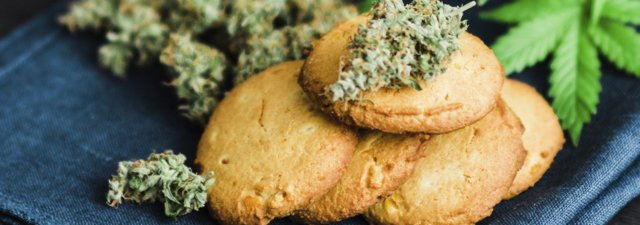
Cannabis Edibles 101 – A Historical Odyssey, Pros, Cons, and Health Insights
The Marijuana Smoking Alternative
![How to Know If You’re Allergic to Weed [Definitive Guide]](https://marijuanabreak.com/wp-content/uploads/2017/04/marijuana-alergies-640x225.jpg)
How to Know If You’re Allergic to Weed [Definitive Guide]
Your Guide to Cannabis Allergies and Symptoms
![How to Prevent Developing a Cannabis Tolerance [Must-Know Trick]](https://marijuanabreak.com/wp-content/uploads/2018/01/wol_reduce-marijuana-tolerance_1920x450-640x225.jpg)
How to Prevent Developing a Cannabis Tolerance [Must-Know Trick]
If you smoke on a daily basis, then this article is for you...

The Difference Between Mids and Regs (Fully Explained)
Is top-shelf weed really worth the extra cash?
![What Is “Mids” Weed? [Explained for the Cannabis Rookie]](https://marijuanabreak.com/wp-content/uploads/2018/11/what-is-mids-weed-explained-for-the-cannabis-rookie-640x225.jpg)
What Is “Mids” Weed? [Explained for the Cannabis Rookie]
Confused by cannabis terminology? You're not alone!
![Is Kief Stronger Than Regular Cannabis? [Answered]](https://marijuanabreak.com/wp-content/uploads/2018/11/wol-banner-is-kief-stronger-than-regular-cannabis-640x225.jpg)
Is Kief Stronger Than Regular Cannabis? [Answered]
Everything you'll ever need to know about this potent powder
![How to Tell the Good Weed from the Bad [5 Techniques]](https://marijuanabreak.com/wp-content/uploads/2019/06/wol_1920x450-12-640x225.jpg)
How to Tell the Good Weed from the Bad [5 Techniques]
Choose high-quality bud and avoid getting ripped off

Cannabis Jobs – Here Are The Top 10 Highest-Paying Positions
How about a career in the cannabis industry?
View more

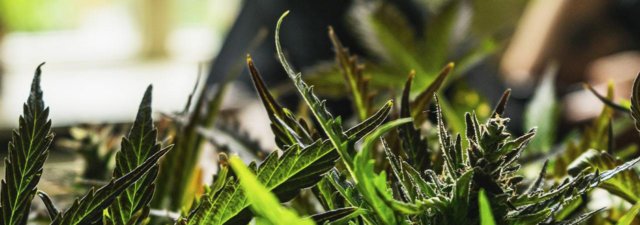
![Which Country Consumes the MOST Weed Per Capita? [Answered]](https://marijuanabreak.com/wp-content/uploads/2019/08/wol-banner-which-country-consumes-the-most-weed-per-capita-640x225.jpg)

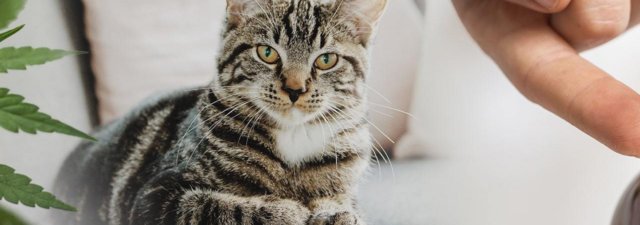
![What Is the Best CBD Oil Dosage for Dogs? [ANSWERED]](https://marijuanabreak.com/wp-content/uploads/2019/03/wol-banner-what-dosage-of-cbd-should-i-give-my-dog-640x225.jpg)
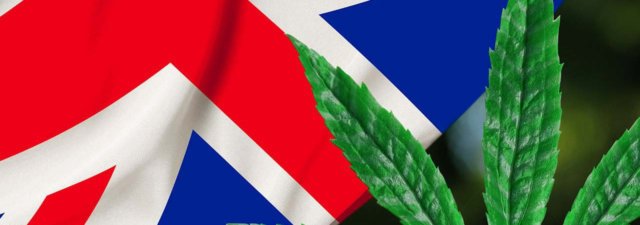
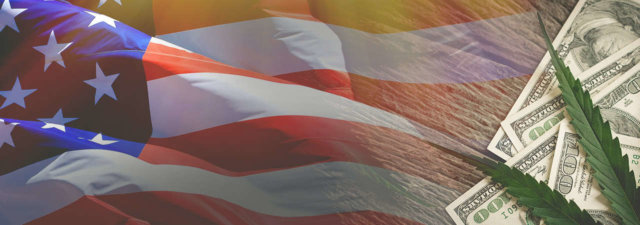
![How Long Does CBD Stay in Your System? [Answered]](https://marijuanabreak.com/wp-content/uploads/2019/03/mj_how-long-does-cbd-stay-in-your-system_1920-640x225.jpg)
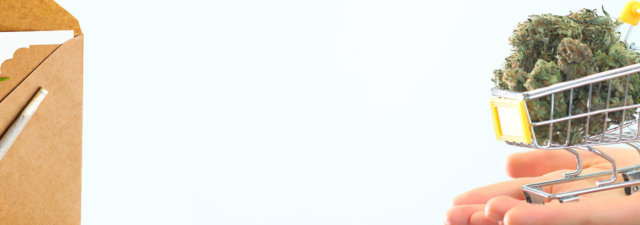
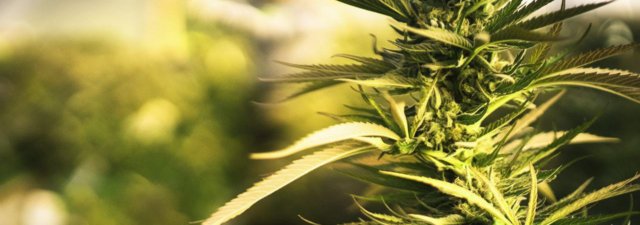
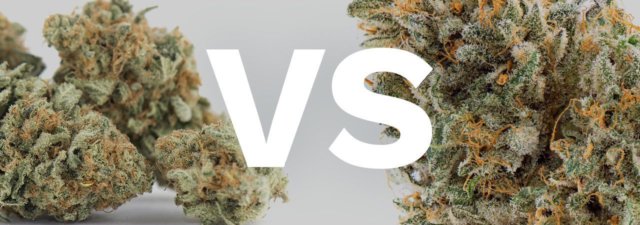

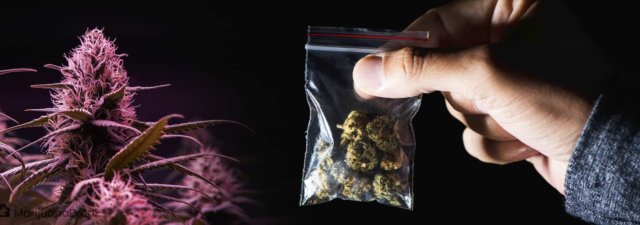
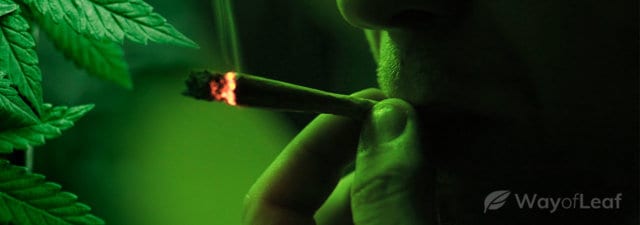



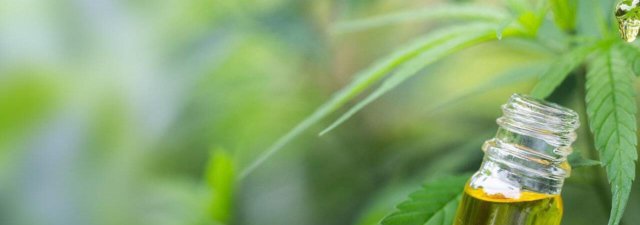
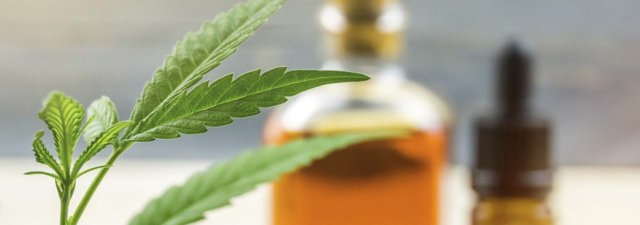

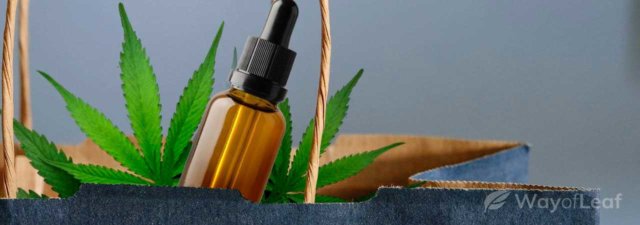
![How to Determine Which CBD Oil Potency Fits You [BEGINNERS GUIDE]](https://marijuanabreak.com/wp-content/uploads/2019/03/wol_which-cbd-oil-potency-fits-you_1920x450-640x225.jpg)
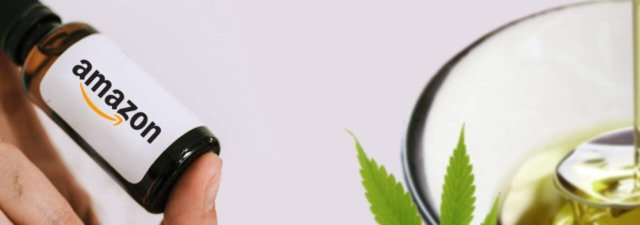
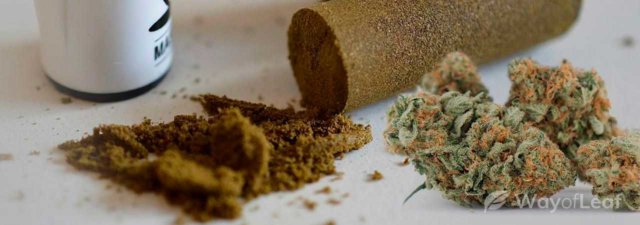

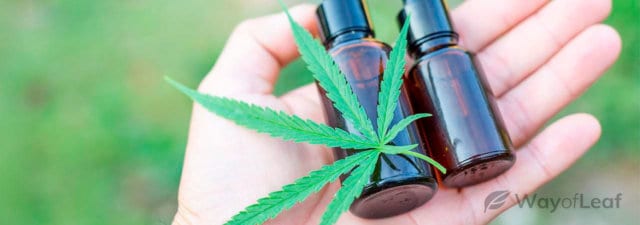
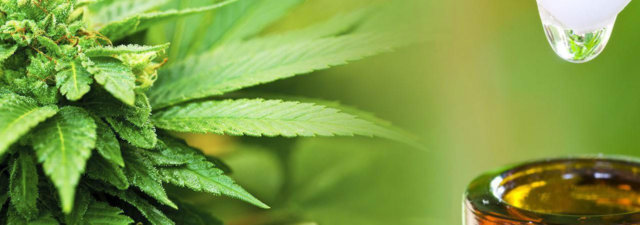
![How to Read CBD Third Party Lab Reports [Simply Explained…]](https://marijuanabreak.com/wp-content/uploads/2019/05/wol_1920x450-13-640x225.jpg)
![How to Make THC Oil for E-Cigs? [Explained]](https://marijuanabreak.com/wp-content/uploads/2019/06/wol_1920x450-6-640x225.jpg)
![Why Is CBD so Expensive? [The TRUTH Revealed…]](https://marijuanabreak.com/wp-content/uploads/2018/07/mj_why-is-cbd-so-expensive_1920-640x225.jpg)
![Does Weed Go Bad? [Explained]](https://marijuanabreak.com/wp-content/uploads/2019/08/wol-banner-does-weed-go-bad-640x225.jpg)
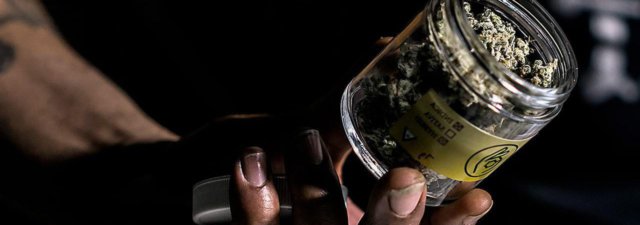


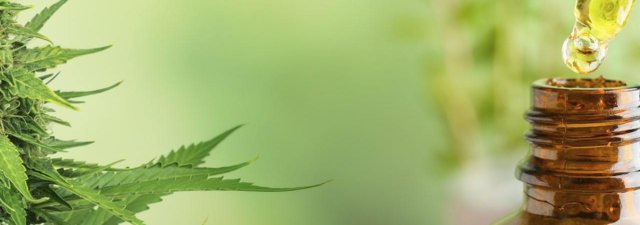

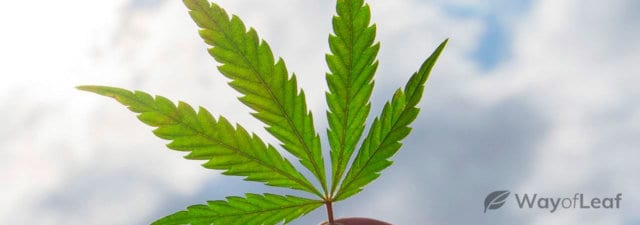
![How to Maximize the Health Benefits of CBD [Answered]](https://marijuanabreak.com/wp-content/uploads/2018/10/mj_how-to-maximize-the-effects_1920-640x225.jpg)


![What Is Kush Weed? [The Rookie’s GUIDE]](https://marijuanabreak.com/wp-content/uploads/2018/11/what-is-kush-marijuanaand-where-does-it-come-from-640x225.jpg)
